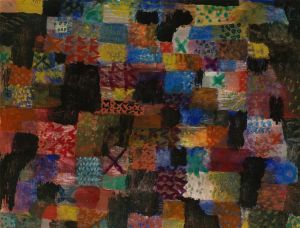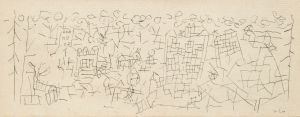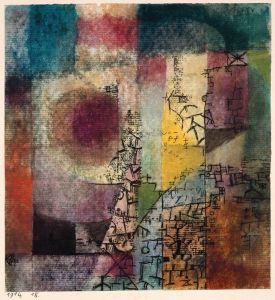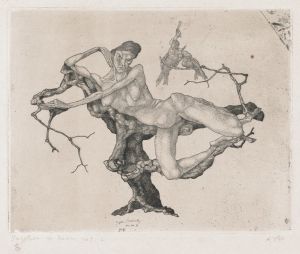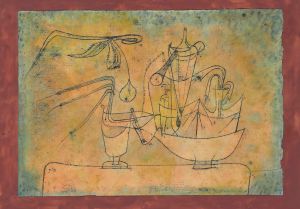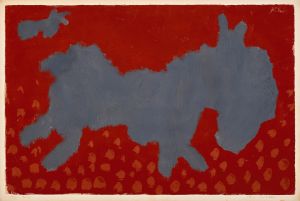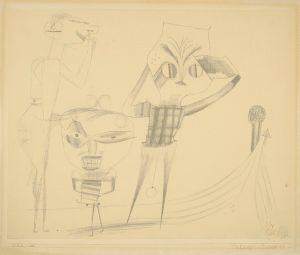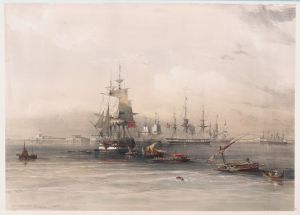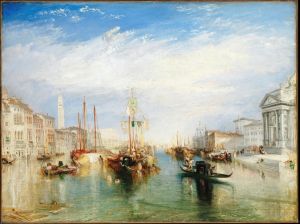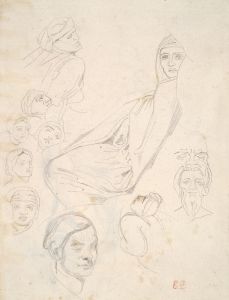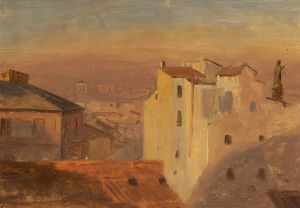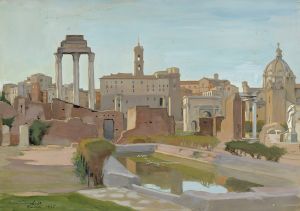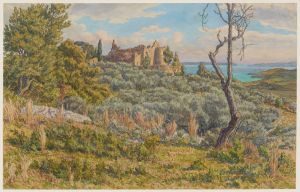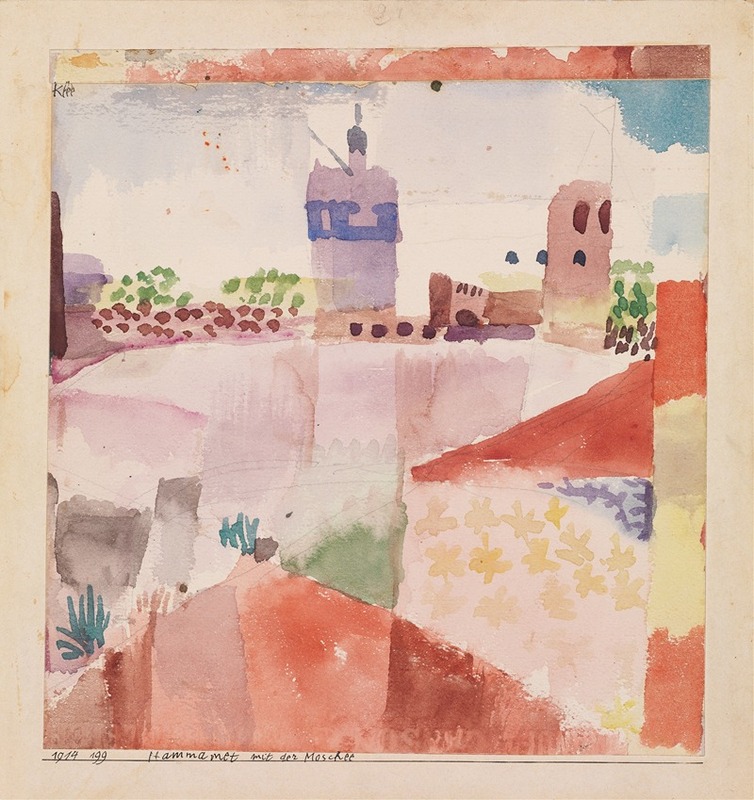
Hammamet with Its Mosque
A hand-painted replica of Paul Klee’s masterpiece Hammamet with Its Mosque, meticulously crafted by professional artists to capture the true essence of the original. Each piece is created with museum-quality canvas and rare mineral pigments, carefully painted by experienced artists with delicate brushstrokes and rich, layered colors to perfectly recreate the texture of the original artwork. Unlike machine-printed reproductions, this hand-painted version brings the painting to life, infused with the artist’s emotions and skill in every stroke. Whether for personal collection or home decoration, it instantly elevates the artistic atmosphere of any space.
Paul Klee's painting Hammamet with Its Mosque is a notable work created in 1914 during the artist's travels in Tunisia. This piece is recognized as a significant example of Klee's exploration of color, form, and abstraction, which were central to his artistic philosophy. The painting reflects Klee's impressions of the Tunisian town of Hammamet, particularly its mosque, which served as a focal point of the composition.
Klee visited Tunisia in April 1914, accompanied by fellow artists August Macke and Louis Moilliet. This journey proved to be a transformative experience for Klee, as he was deeply inspired by the vibrant light, architecture, and landscapes of the region. The trip marked a turning point in his career, leading him to develop a more abstract and color-focused approach to painting. Klee himself described this period as a moment of artistic awakening, famously stating, "Color and I are one. I am a painter."
In Hammamet with Its Mosque, Klee employs a geometric and abstract style to depict the townscape. The composition features a series of interlocking shapes and planes, rendered in a harmonious palette of warm and cool tones. The mosque, with its distinctive dome and minaret, is stylized and integrated into the overall structure of the painting, blending architectural elements with Klee's unique visual language. The work exemplifies Klee's ability to distill complex scenes into simplified, almost dreamlike forms.
This painting is often cited as an example of Klee's synthesis of European modernism with influences from non-Western art and culture. His time in Tunisia allowed him to experiment with new ways of representing space and light, which would become hallmarks of his later work. Hammamet with Its Mosque is part of a broader series of works inspired by this journey, showcasing Klee's fascination with the interplay of abstraction and representation.
Today, Hammamet with Its Mosque is held in the collection of the Kunstmuseum Basel in Switzerland. It remains an important piece within Klee's oeuvre, illustrating his innovative approach to art and his ability to draw inspiration from diverse cultural experiences. The painting continues to be studied and admired for its contribution to the development of modern art in the early 20th century.





